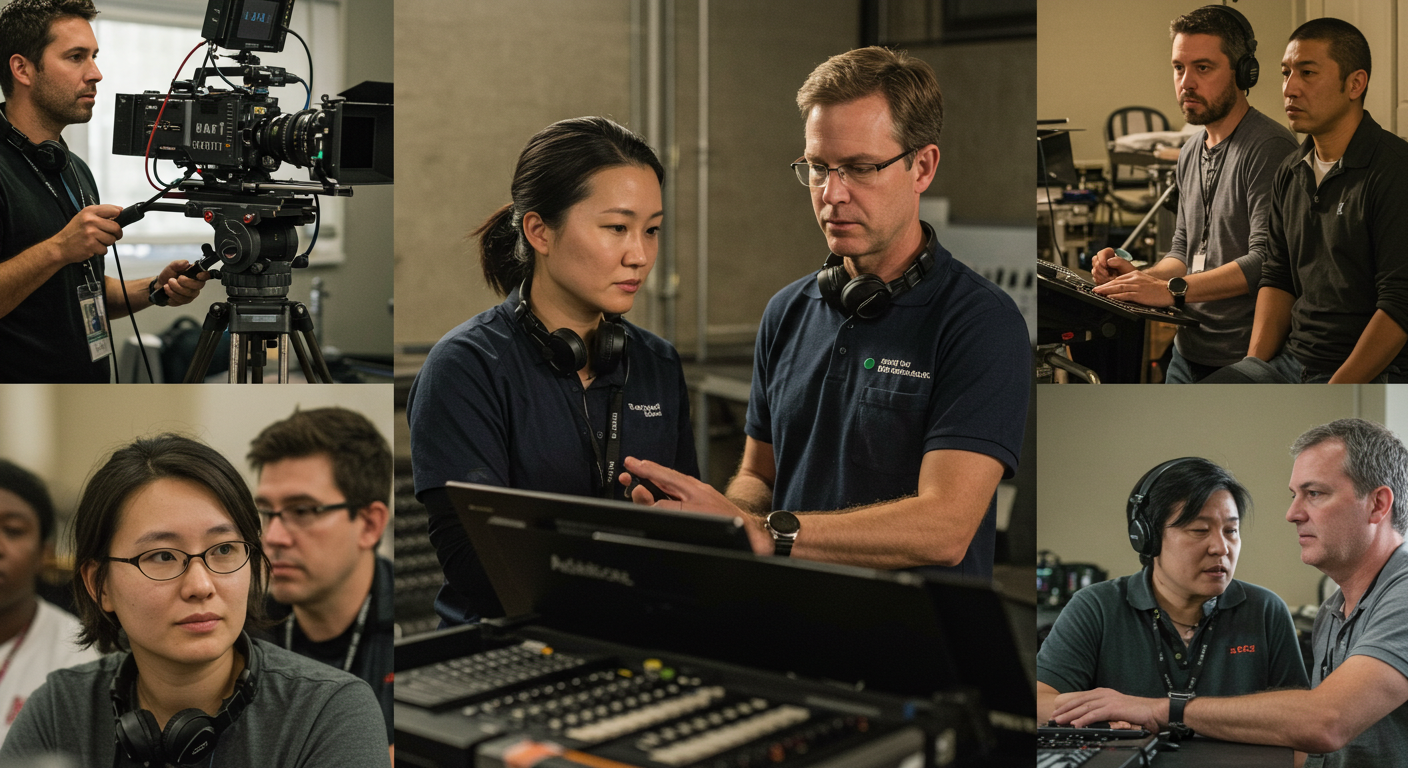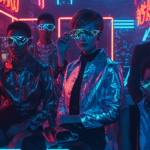Inside Hollywood’s Diversity Push: Breaking Barriers
Diversity in Hollywood: A Changing Landscape
Hollywood has historically been critiqued for its lack of diversity, often showcased by the homogeneity of its leading figures and narratives. However, a significant shift is underway as industry leaders recognize the pressing need for inclusivity across various dimensions—race, gender, sexual orientation, and disability. This diversity push is not merely an ethical obligation but also a strategic imperative to resonate with an increasingly diverse global audience.
The Importance of Diverse Storytelling
Diverse storytelling is crucial in providing authentic portrayals that resonate with broader audiences. Recent studies illuminate that audiences prefer films and series that reflect their realities. When Hollywood prioritizes films and shows featuring varied voices, not only do they foster greater cultural understanding, but they also tap into lucrative markets previously underrepresented. This evolution enriches the cinematic landscape, encourages creativity, and elevates storytelling quality.
Key Initiatives and Organizations
Several initiatives and organizations are at the forefront of Hollywood’s diversity push. The Time’s Up movement, born from revelations of systemic harassment and discrimination, emphasizes the need to support marginalized voices, especially women. The 5050 by 2020 initiative demanded equal representation of women in key creative roles, leading to tangible changes in hiring practices within studios.
The Academy of Motion Picture Arts and Sciences has also made strides by increasing its diversity requirements for Oscar nominations. This shift has resulted in a notable rise in nominations for women and BIPOC filmmakers, showcasing that the industry is taking actionable steps toward inclusivity.
Diverse Voices Behind the Camera
The push for diversity is not limited to on-screen talent, as it encourages varied perspectives behind the camera, too. Directors, writers, and producers from diverse backgrounds bring unique experiences that can profoundly shape narrative direction and authenticity.
Films like “Black Panther,” directed by Ryan Coogler, highlighted the significance of having a predominantly Black cast and crew, which resonated internationally and proved commercially successful. Similarly, the success of “Crazy Rich Asians,” directed by Jon M. Chu, illustrated the importance of Asian representation in Hollywood, challenging stereotypical narratives that have long dominated the screen.
Representation in Casting
A pivotal aspect of the diversity push is equitable casting. The industry is evolving beyond the traditional casting paradigms that favored certain racial and gender stereotypes. The spotlight is now on actors from underrepresented communities, providing a platform for authentic portrayals.
Notable projects such as “The Lead” and “Selah and the Spades” have revolutionized the casting process, integrating diverse characters in lead roles and showcasing intersectional identities. Through initiatives like ABC’s “Casting Call,” producers are actively seeking talent from varied backgrounds to ensure inclusion in their projects.
The Impact of Streaming Services
Streaming platforms like Netflix, Amazon Prime, and Hulu are reshaping Hollywood’s landscape, prioritizing diverse programming in their content offerings. Data indicates that these platforms are more willing to take risks on original content that includes varied voices.
For instance, Netflix has invested heavily in content produced by diverse creators, resulting in critically acclaimed series such as “Dear White People” and films like “The Half of It.” This has not only provided them with a competitive edge but has also influenced traditional studios to follow suit in diversifying their portfolios.
Inclusion Riders: A New Standard
Inclusion riders have emerged as a powerful strategy in ensuring diversity on set. This contractual agreement enables actors to negotiate for a specific level of diversity among the crew and cast. Frances McDormand famously advocated for inclusion riders during her Oscar acceptance speech, spotlighting the necessity of equitable representation.
This tactic has led several A-list actors, including Michael B. Jordan and Viola Davis, to champion initiatives that push for inclusive hiring practices in their respective projects. Their influence is pivotal in shaping industry standards and expectations regarding diversity.
Measuring Progress
Despite progress, measuring the real impact of diversity initiatives remains challenging. Various organizations, like the Hollywood Diversity Report, provide essential insights into the industry’s demographics, highlighting both strides and shortcomings in representation. Reports often reveal that while there is an increase in the visibility of diverse talent, higher-level decision-making positions remain predominantly occupied by white men.
The report’s findings underscore the importance of continuing advocacy and accountability within the industry, emphasizing that diversity must permeate all levels—from executives to production teams.
Challenges in the Journey for Equality
While Hollywood’s diversity push has seen milestones, significant challenges persist. Systemic barriers, including entrenched biases and unequal access to resources, continue to impede progress. Historically, individuals from marginalized communities often lack access to critical networks and funding opportunities necessary for project development.
Moreover, the threat of tokenism looms large, where diverse representation appears superficial rather than substantive. Without foundational change in how stories are produced and promoted, there’s a risk of reducing cultural narratives to mere marketing strategies.
The Role of Audience Advocacy
The audience plays a crucial role in Hollywood’s diversity evolution. Viewer demands for inclusive content are reshaping industry priorities. Social media platforms act as powerful tools for communities advocating for increased representation and accountability, engaging in campaigns that celebrate diverse narratives.
Noteworthy movements have emerged organically, like #OscarsSoWhite, which mobilized audiences to demand better representation in award nominations. This grassroots advocacy demonstrates the power of collective voices in influencing studio decisions and expanding the narratives deemed worthy of exploration.
Future Directions in Hollywood’s Diversity Push
While recent initiatives indicate that Hollywood is moving towards a more inclusive future, significant work remains. The industry must focus on sustainable change, ensuring diverse voices are not just integrated but are essential to the story-telling process. Emphasizing equity in hiring, funding for new projects led by underrepresented creators, and continuous audience engagement will be vital in propelling this movement forward.
Investment in mentorship programs for aspiring filmmakers from diverse backgrounds can alleviate some barriers and foster a new generation of storytellers, thereby enhancing the depth and breadth of narratives that come from Hollywood. The industry is poised on the brink of a transformative era that could define the next generation of cinema, one that embraces the richness of diversity as a source of strength and creativity.




